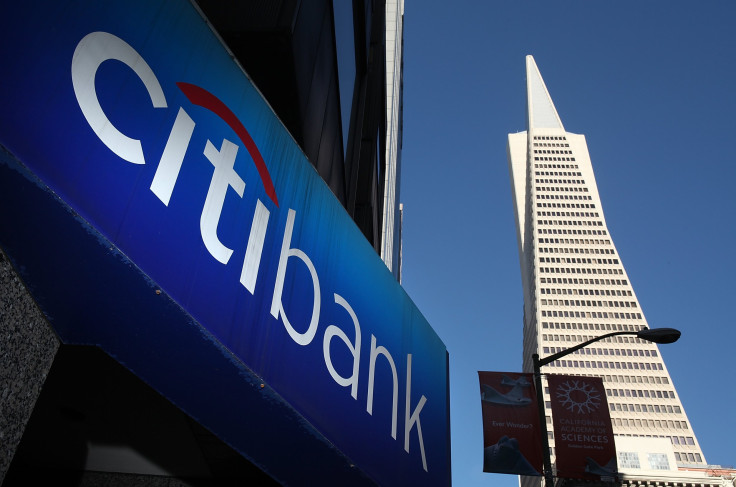Federal Reserve Stress Tests Put Big Bank Shareholder Payouts On The Line

The biggest U.S. banks face their toughest test of the year Wednesday, as the U.S. central bank hands down its yearly assessments of financial institutions’ ability to withstand various economic challenges.
A weak assessment by the Federal Reserve wouldn’t just mean a black mark on a bank’s record — billions of dollars in potential shareholder payouts hang in the balance. If the Fed finds fault in a bank’s plans, management must trim its dividend distributions and share buybacks.
“These tests are of the highest importance for the banks,” said Rita Sahu, senior credit officer at Moody’s Investors Service.
The exercise, known as Comprehensive Capital Analysis and Review (CCAR), requires banks to show the Fed how they would fare under a range of hypothetical economic scenarios that range from a mild baseline to “severely adverse,” a scenario that this year involved a double-digit unemployment rate and negative interest rates. The process is designed to avoid the sort of cataclysm that befell the financial sector in 2008.
The CCAR comes after big U.S. banks had their Dodd-Frank Act Stress Test (DFAST), results of which were released last week. This year's DFAST showed every one of the 33 large banks under supervision staying afloat in the event of an economic storm. Capital ratios, which measure how much of a cash cushion banks have to weather big credit shocks, were above the Fed’s minimum threshold, even in a crisis.
Generally, that’s good news for big banks like Citigroup and JPMorgan Chase. “That cushion gives an indication of each bank’s ability to return capital to shareholders,” Sahu said. In the week between the two sets of results, banks can submit a more conservative plan.
But the Fed uses only quantitative measures on the DFAST. The CCAR results to be released Wednesday reflect both quantitative and qualitative judgments from the Fed, opening banks up to subjective rulings on their capital planning process.
Every year that the CCAR process has taken place, at least one bank has failed — 13 in total since 2009. Foreign banks have had the most trouble in recent years, with U.S. units of Deutsche Bank and Spain's Santander facing Fed objections last year.
Bank of America passed last year, but on the condition that it alter its capital planning process. The lender got the green light last December, but regulators warned that the bank “must continue to make steady, demonstrable progress” in 2016. Fed officials have hinted at even tougher capital ratio standards in the future.
“The Fed’s test has teeth,” Sahu said. “They do have high expectations.”
The Fed bared its teeth earlier this year, when it failed five of the nation’s largest banks over so-called living wills, submissions that outline for regulators how the lenders would dissolve themselves in an orderly way in the event of a crisis. JPMorgan and Bank of America were among the companies that were required to resubmit their plans.
If the Fed brought the same level of scrutiny to the CCAR stress tests, it wouldn’t just be a headache for banks. On the line are billions of dollars in dividends and stock buybacks, which benefit shareholders by concentrating stock in fewer hands. Banks deemed short on buffer capital are forced to hold off on shareholder distributions to beef up their cushion. And that, in turn, could mean a lower share price.
The bottom line: A poor showing in the examination means less cash to investors.
The Federal Reserve is scheduled to release the results at 4:30 pm EDT Thursday.
© Copyright IBTimes 2024. All rights reserved.






















